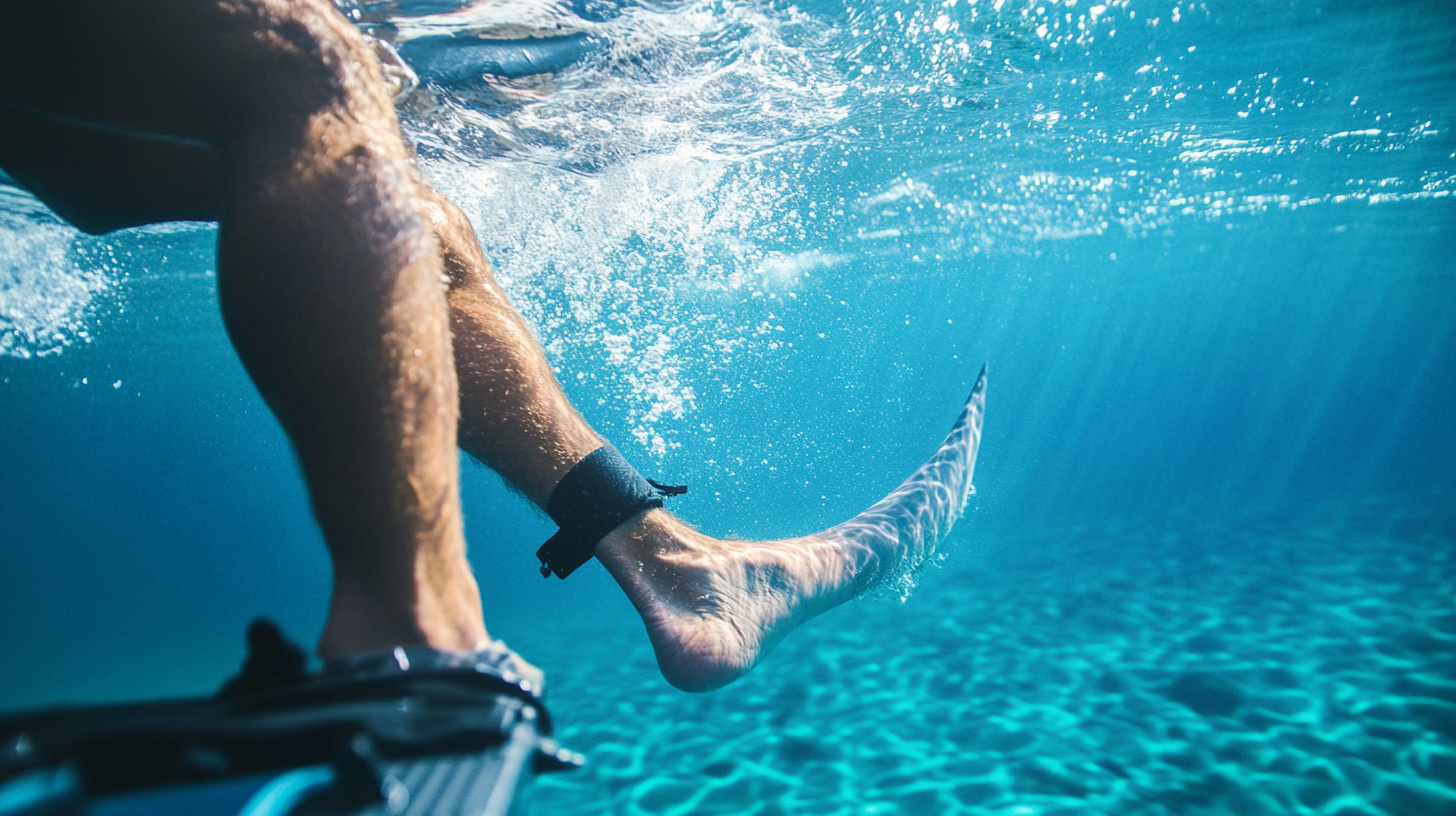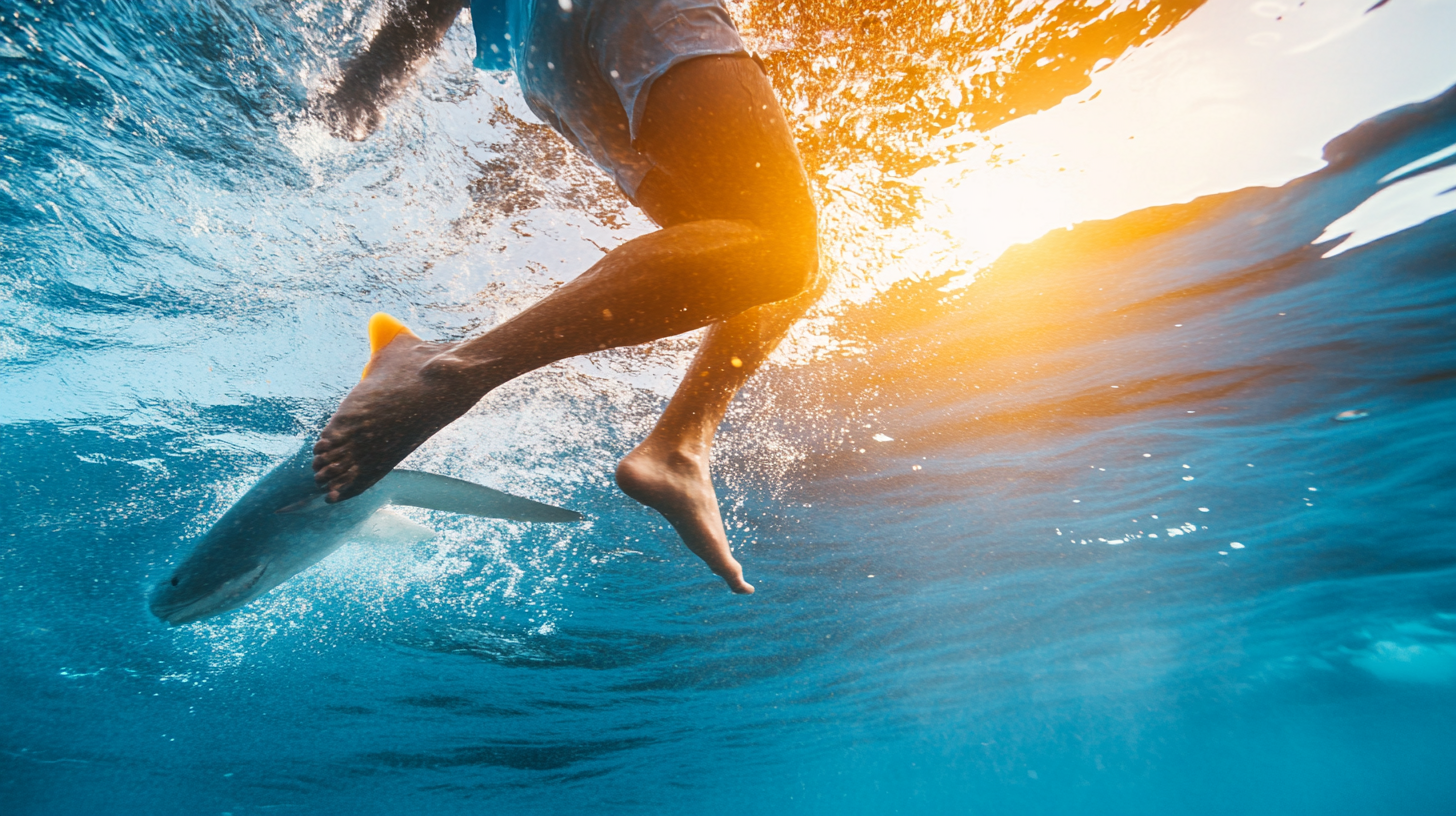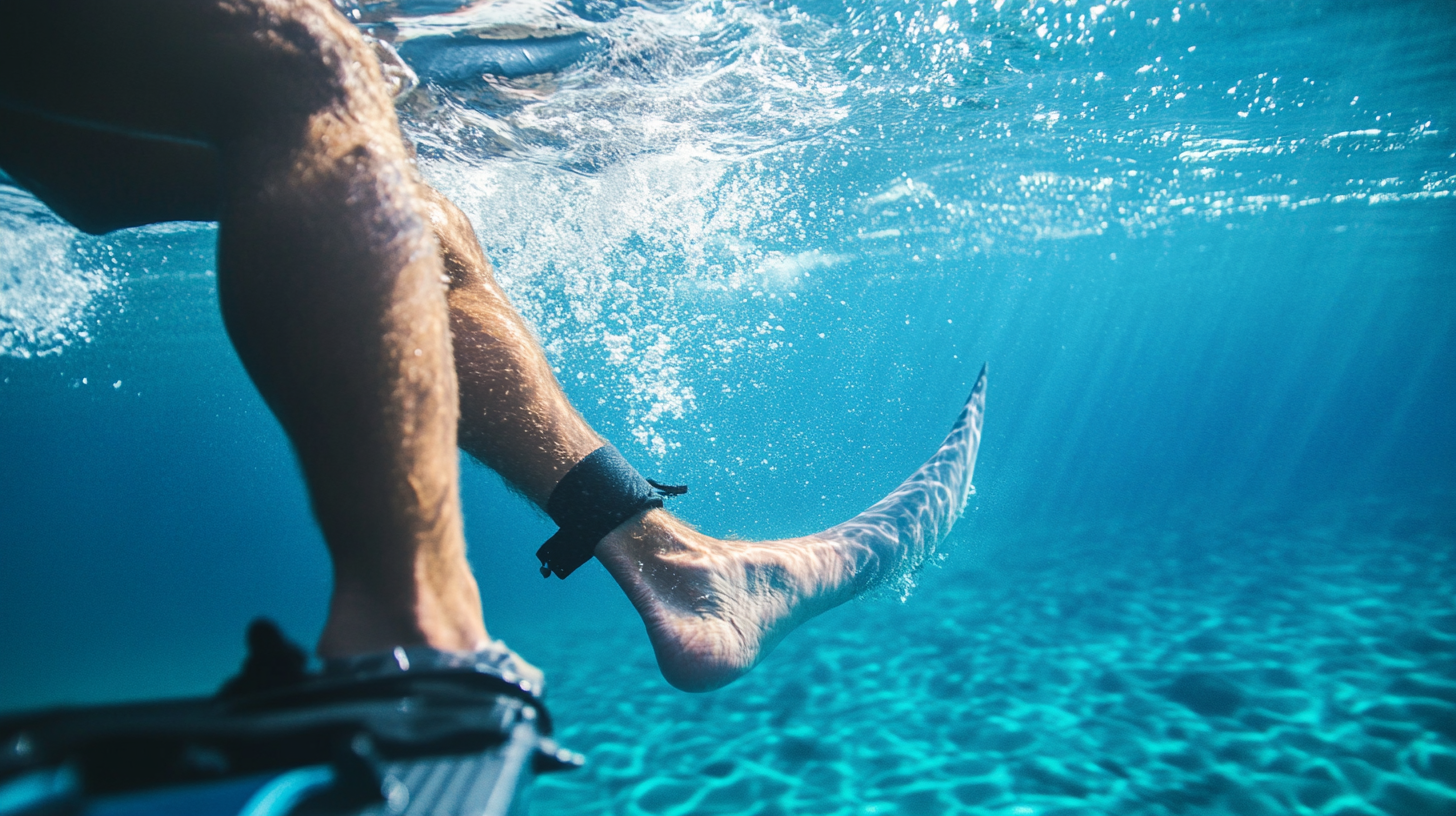

details of the shark attack
On Friday morning, a 61-year-old man was surfing off the coast when he was attacked by a shark. The incident occurred at a popular surf spot known for its consistent waves, attracting both locals and tourists. Witnesses reported that the man was paddling out to catch a wave when the shark struck suddenly, biting his leg with such force that it was completely severed.
Fellow surfers nearby heard the man’s screams and rushed to his aid. They described the scene as chaotic, with the water quickly turning red. Despite the severity of the attack, the man remained conscious and was able to cling to his surfboard while others helped him back to shore. The species of shark involved in the attack has not yet been confirmed, but some witnesses believe it may have been a great white, given the size and power of the bite.
Surfers in the area are familiar with the presence of sharks, but attacks of this magnitude are rare. Many of those present at the time of the incident expressed shock, noting that the conditions that morning were otherwise ideal for surfing, with clear skies and calm waters.
emergency response and medical treatment
Once the man was brought to shore, immediate action was taken by fellow surfers and beachgoers to stabilise him. Several individuals with first aid training quickly applied a makeshift tourniquet to his leg using a surfboard leash, in an effort to control the severe bleeding. Witnesses reported that the man was in shock but remained conscious throughout the ordeal, communicating with those around him as they worked to keep him calm.
Emergency services were called as soon as the man was brought to shore, and paramedics arrived within minutes. The quick response was crucial, as the man had lost a significant amount of blood. Paramedics provided advanced first aid on the scene, including administering oxygen and additional measures to stop the bleeding. He was then transported by ambulance to a nearby hospital, where he was immediately taken into surgery.
According to hospital sources, the man underwent emergency surgery to address the traumatic amputation of his leg. Surgeons worked to clean the wound and prevent infection, while also assessing the possibility of further reconstructive procedures. Medical staff have praised the swift actions of those on the beach, noting that the application of the tourniquet likely saved the man’s life by preventing further blood loss.
As of the latest reports, the man remains in stable condition in the intensive care unit, where he is being closely monitored. Doctors have indicated that while his recovery will be long and challenging, his survival is a testament to the rapid response of both the bystanders and emergency medical teams.
local authorities’ investigation and safety measures
Following the attack, local authorities launched an immediate investigation to determine the circumstances surrounding the incident and to assess the ongoing safety of the area for surfers and beachgoers. Representatives from the Department of Primary Industries (DPI) and local marine experts were dispatched to the site to collect data, including water conditions, shark activity, and witness statements. The DPI is working to identify the species of shark involved, with initial reports suggesting it could have been a great white, though this has yet to be confirmed.
In response to the attack, the beach was temporarily closed, and warning signs were erected to alert the public of the potential danger. Surf Life Saving patrols have been increased in the area, with drones and jet skis being deployed to monitor for any further shark activity. Authorities have also issued a public advisory, urging surfers and swimmers to exercise caution, particularly during early morning and late afternoon hours when sharks are known to be more active.
Local councils are considering additional safety measures, including the installation of shark nets or the use of shark deterrent technology, such as SMART drumlines, which have been trialled in other parts of Australia with some success. These measures aim to reduce the risk of future attacks while balancing the need to protect marine life. However, the implementation of such measures often sparks debate within the community, as some argue that they can disrupt the natural ecosystem and pose risks to non-target species.
Authorities have also encouraged surfers to use personal shark deterrent devices, such as electronic repellents, which have become increasingly popular in recent years. While these devices are not foolproof, they are seen as an additional layer of protection for those venturing into the water.
In the wake of the incident, local surf clubs and community groups have organised safety workshops to educate the public on how to minimise the risk of shark encounters and what to do in the event of an attack. These workshops cover topics such as avoiding areas where sharks are likely to be present, recognising signs of shark activity, and the importance of remaining calm and acting quickly if an attack occurs.
As the investigation continues, authorities are urging the public to remain vigilant and to report any sightings of sharks to local lifeguards or the DPI. While shark attacks remain rare, the incident has reignited discussions about the balance between enjoying Australia’s iconic beaches and the inherent risks posed by the ocean’s apex predators.
details of the shark attack
It was a classic early morning surf session off the coast of New South Wales when things took a terrifying turn. A 61-year-old bloke, who’s been surfing for years, was out catching waves when a shark decided to join the party. Unfortunately, this wasn’t the kind of guest you want at your local break. The shark, believed to be a great white, came in fast and hard, taking a massive bite that completely severed the man’s leg.
Witnesses on the beach said it all happened in a flash. One minute he was paddling out, the next, there was a lot of thrashing in the water. The shark didn’t hang around for long, but the damage was already done. The surfer managed to stay afloat and was quickly helped by nearby surfers who rushed to his aid, pulling him onto their boards and getting him back to shore.
It’s not every day you expect to lose a leg while chasing a few waves, but in Aussie waters, you’ve always got to keep one eye on the horizon.
response and medical treatment
Once back on the sand, the real race against time began. Fellow surfers and beachgoers immediately jumped into action, using their boards and towels to apply pressure to the wound. One bloke, who happened to be a former paramedic, took charge, fashioning a makeshift tourniquet from a leg rope to stem the bleeding. It was a textbook example of quick thinking and teamwork, the kind of thing you hope you never have to do but are glad you know how.
Emergency services were called, and within minutes, paramedics arrived on the scene. The man was stabilised and airlifted to a nearby hospital in critical condition. The medical team worked tirelessly to save his life, and while the loss of his leg was devastating, the quick response from everyone involved likely saved him from a much worse fate.
As for the surfers who helped, they were understandably shaken but relieved they could do something. “We just did what we had to do,” one of them said. “You don’t think, you just act. We’re all out there together, and when something like this happens, you’ve got to have each other’s backs.”

